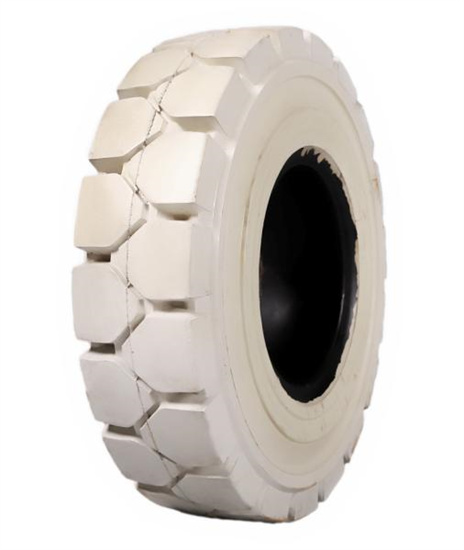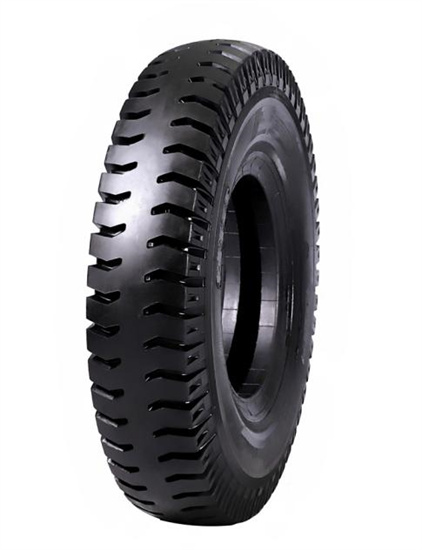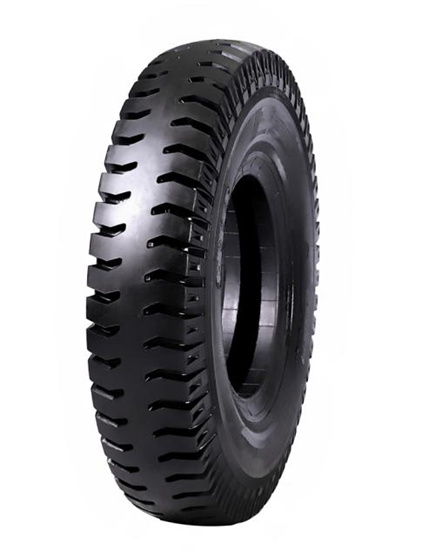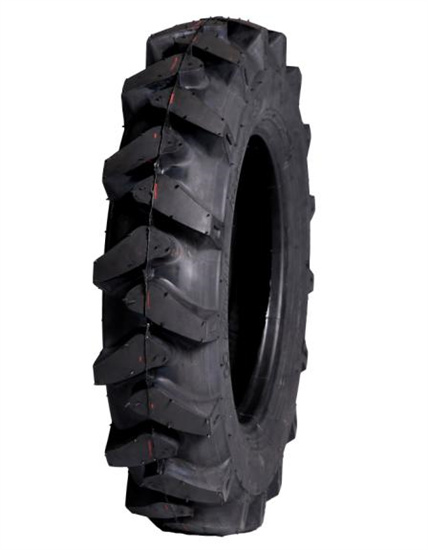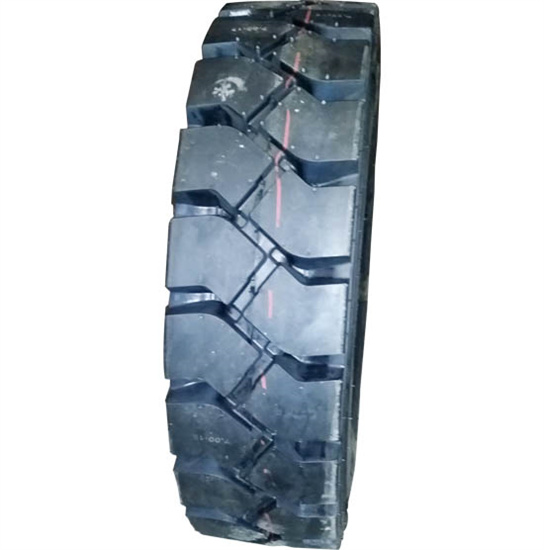16.9-30 PR-1 Tractor Tires
Ever wondered what those beefy black rings on your agricultural tractor are all about? Look no further than the 16.9-30 PR-1 tire, the workhorse that keeps your farm running smoothly. But beneath that seemingly simple exterior lies a world of specifications, applications, and considerations that can make a big difference in your agricultural endeavors.
This comprehensive guide will equip you with everything you need to know about 16.9-30 PR-1 tractor tires. We’ll delve into the nitty-gritty of their specifications, explore their diverse applications, and shed light on the advantages and limitations they present. By the end of this journey, you’ll be able to make informed decisions when it comes to selecting the perfect tires for your tractor and conquering any terrain your farm throws your way.
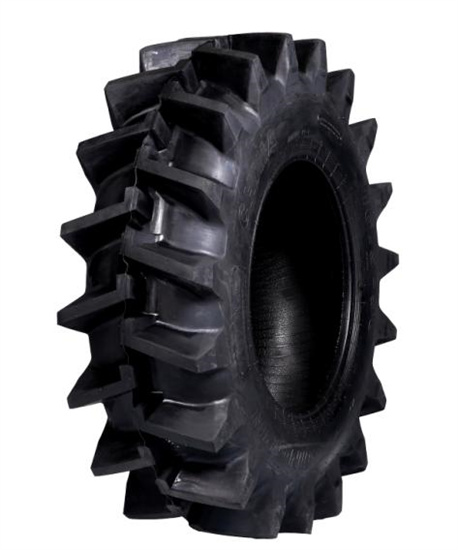
Specifications of 16.9-30 PR-1 Tractor Tires
Let’s kick things off by understanding the language plastered on the sidewall of your 16.9-30 PR-1 tire. Each number and letter tells a story, revealing the tire’s capabilities and limitations. Here’s a breakdown:
- 16.9: This represents the tire’s section width in inches, which is essentially the distance from sidewall to sidewall when inflated. Imagine it as the footprint the tire makes on the ground. The wider the section width, the greater the surface area in contact with the soil, translating to improved traction and flotation, particularly in loose or muddy conditions.
- 30: This signifies the tire’s rim diameter in inches. Think of it as the diameter of the metal ring that the tire sits on. This measurement needs to be perfectly matched to your tractor’s wheel size to ensure proper fit and performance.
- PR-1: PR stands for “Ply Rating,” which is an indicator of the number of layers of rubber and reinforcing materials in the tire’s sidewall. A higher ply rating translates to a stronger and more durable tire, capable of handling heavier loads. The “1” in PR-1 signifies that this is a bias-ply tire construction, a common choice for agricultural applications due to its affordability and robustness.
Here’s a table summarizing the key specifications of 16.9-30 PR-1 tractor tires:
| Feature | Description |
|---|---|
| Section Width | 16.9 inches |
| Rim Diameter | 30 inches |
| Ply Rating | 1 |
| Construction | Bias-ply |
Applications of 16.9-30 PR-1 Tractor Tires
16.9-30 PR-1 tractor tires are versatile players on the agricultural field. Their impressive footprint and sturdy build make them ideal for a variety of tasks, including:
- Cultivating and Seeding: The wide section width provides excellent flotation, minimizing soil compaction during these crucial stages of crop development. This allows for better root growth and overall plant health.
- Tilling and Harvesting: The PR-1 construction offers the necessary strength to endure the constant strain of pulling heavy tillage implements and hauling bountiful harvests.
- Livestock Operations: These tires provide a comfortable ride for you and your livestock during transport across the farm, thanks to their increased sidewall flex compared to radial tires.
- Mowing and Haying: The aggressive tread pattern of the PR-1 design offers good traction in grassy fields, ensuring smooth operation while mowing and baling hay.
Here’s a table showcasing some common applications of 16.9-30 PR-1 tractor tires:
| Application | Benefit |
|---|---|
| Cultivating and Seeding | Improved Flotation, Reduced Soil Compaction |
| Tilling and Harvesting | Increased Strength, Load Capacity |
| Livestock Operations | Comfortable Ride, Sidewall Flex |
| Mowing and Haying | Good Traction in Grassy Fields |

Speed Levels and Sizes of 16.9-30 PR-1 Tractor Tires
It’s important to remember that 16.9-30 PR-1 tires are not built for speed demons. They are designed for maximum traction and load-bearing capacity at slower speeds, typically around 25 miles per hour (mph) or less. Exceeding these speeds can lead to premature tire wear and potential safety hazards.
While 16.9-30 is a common size, there might be slight variations depending on the manufacturer. Always double-check your tractor’s manual for the recommended tire size to ensure proper fit and performance.
Where to Buy 16.9-30 PR-1 Tractor Tires and Pricing
Equipping your tractor with the right 16.9-30 PR-1 tires doesn’t have to be a back-breaking quest. Numerous agricultural tire suppliers offer these dependable workhorses, both online and in physical stores. Here are some factors to consider when making your purchase:
- Brand Reputation: Opt for established brands with a proven track record of quality and durability. Reading online reviews and consulting with fellow farmers can provide valuable insights.
- Price: Prices can vary depending on the brand, ply rating, and specific features of the tire. While budget is a consideration, avoid going for the absolute cheapest option. Remember, your tires are a crucial investment in the efficiency and longevity of your farm operations.
- Warranty: A good warranty signifies the manufacturer’s confidence in their product. Look for warranties that cover defects in materials and workmanship for a reasonable period of time.
Here’s a table listing some popular suppliers of 16.9-30 PR-1 tractor tires, along with indicative pricing ranges:
| Supplier | Price Range (USD) |
|---|---|
| Alliance Tire | $500 – $600 |
| BKT | $450 – $550 |
| Galaxy Tire | $550 – $650 |
| Harvest King | $400 – $500 |
| Titan Tire | $550 – $600 |
Please note that these prices are estimates and can fluctuate depending on market conditions, specific tire features, and ongoing promotions. It’s always best to contact the supplier directly for the most up-to-date pricing information.
Advantages and Limitations of 16.9-30 PR-1 Tractor Tires
Advantages:
- Excellent Traction: The wide section width and aggressive tread pattern of the PR-1 design provide superior grip in various field conditions, be it loose soil, mud, or wet grass. This translates to better maneuverability and control of your tractor, especially during demanding tasks like tilling or hauling heavy loads.
- Flotation: The large footprint of these tires minimizes soil compaction. This is particularly beneficial during cultivating and seeding, as it allows for better seed-to-soil contact and promotes healthy root growth for your crops.
- Durability: The bias-ply construction of 16.9-30 PR-1 tires is renowned for its toughness. They can withstand the constant strain of carrying heavy loads and traversing rough terrain, minimizing downtime and replacement costs.
- Affordability: Compared to radial tires, bias-ply tires like the PR-1 design are generally more affordable. This makes them an attractive option for budget-conscious farmers who require a dependable workhorse for their everyday operations.
Limitations:
- Speed: 16.9-30 PR-1 tires are not designed for high speeds. Their focus lies on providing traction and load-bearing capacity at slower working speeds. Pushing them beyond their recommended speed limits can lead to increased wear and tear, reduced safety, and a compromised ride quality.
- Fuel Efficiency: The wider footprint and bias-ply construction of these tires can contribute slightly lower fuel efficiency compared to radial tires. However, the difference might be negligible for many farm operations that prioritize traction and durability over high-speed travel.
- Ride Quality: Bias-ply tires tend to offer a slightly stiffer ride compared to radial tires. This might be a consideration for tasks that require long hours in the saddle, such as mowing or transporting livestock.

FAQ
Here are some frequently asked questions regarding 16.9-30 PR-1 tractor tires, presented in a table format for easy reference:
| Question | Answer |
|---|---|
| What does PR-1 stand for? | PR stands for “Ply Rating,” which indicates the number of layers in the tire’s sidewall. In this case, “1” signifies a single ply rating, a common choice for agricultural applications due to its affordability and robustness. |
| Can I use 16.9-30 PR-1 tires for road travel? | Technically, you can use them for short on-road journeys between fields. However, they are not designed for high speeds, and extended road use can lead to premature wear and tear. It’s always best to prioritize designated road tires for highway travel. |
| What are the differences between bias-ply and radial tires for tractors? | Bias-ply tires like the PR-1 design are generally more affordable, tougher, and offer superior sidewall flex for better weight distribution and a comfortable ride on uneven terrain. However, they tend to be heavier, have lower fuel efficiency, and provide a slightly stiffer ride compared to radial tires. Radial tires, on the other hand, are known for their smoother ride, better fuel efficiency, and higher speed capabilities. They might be a better choice for applications that prioritize these factors, such as long-distance transport or high-speed haying operations. |
| How long do 16.9-30 PR-1 tires typically last? | The lifespan of your 16.9-30 PR-1 tires depends on various factors, including the frequency of use, the weight they carry, the terrain they operate on, and proper maintenance practices. With proper care, these tires can last for several years, providing dependable service throughout multiple seasons. |
| How do I maintain my 16.9-30 PR-1 tires? | Regular maintenance is key to maximizing the lifespan and performance of your 16.9-30 PR-1 tires. Here are some key practices: |

